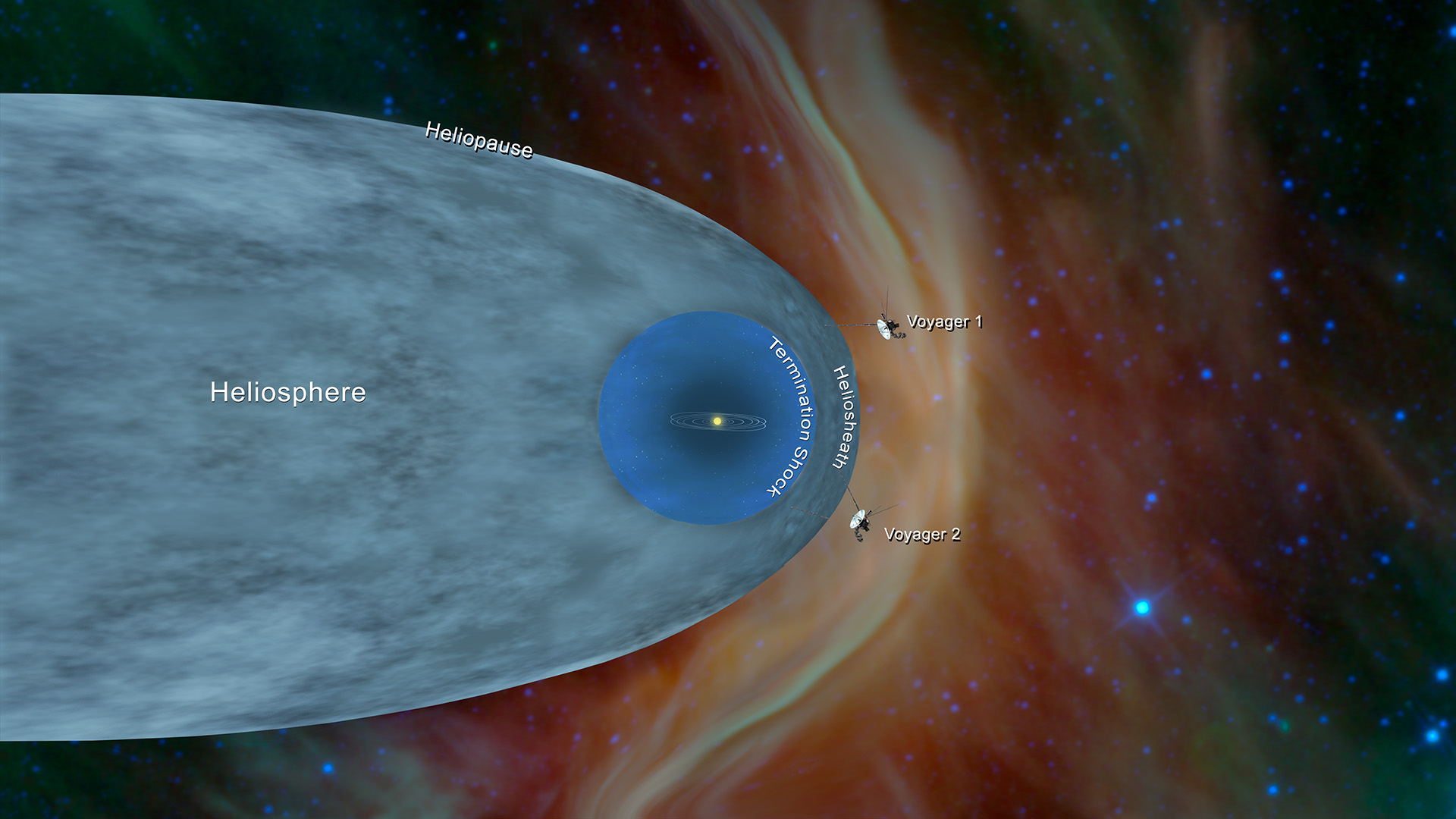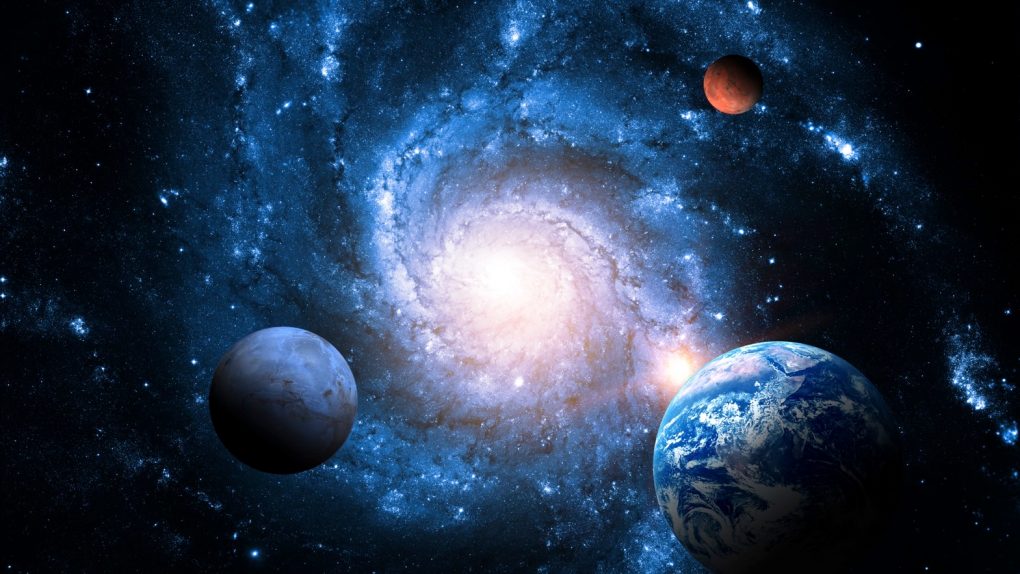Our solar system is just a small slice of the universe. From the depth that James Webb’s first images have provided, to the journeys that Voyager 1 and Voyager 2 have taken into interstellar space, our universe is much bigger beyond our solar system’s edge. Now, though, scientists have noticed a series of terrifying changes in the heliopause, the border between our solar system and interstellar space.
The heliopause is the outermost border of our solar system, and as such, it acts as the final barrier between our system’s space and that of the interstellar medium. Because of this, changes in the heliopause have always been intriguing to scientists. But, recently discovered data points to some terrifying changes that our current models of the heliopause can’t explain.
The changes were discovered while looking at data captured by NASA’s Interstellar Boundary Explorer (IBEX). This satellite captured several brightening energetic neutral atoms (ENAs) that Space.com says indicated a lack of symmetry in the heliopause. Further, while reviewing data from Voyager 1 and Voyager 2, they found that changes in the heliopause had taken place.

The scientists also found that the changes in the heliopause between Voyager 1 and Voyager 2 entering interstellar space were so drastic, they defy the current models that we have regarding our solar system’s boundary point. These drastic changes could also explain why there was such a large gap between the two probes entering the interstellar medium, too.
Researchers published a paper on the topic in the journal Nature Astronomy earlier this month. In it, they call the changes in the heliopause “potentially controversial.” They also plan to continue studying the boundary of our solar system, and will use NASA’s Interstellar Mapping and Acceleration Probe to try to understand these changes better.
Until then, though, scientists will have to rely on spacecraft like the Voyager probes, and the current data we have to learn more about interstellar space.
More coverage: Brightest space explosion created a particle that shouldn’t exist.








